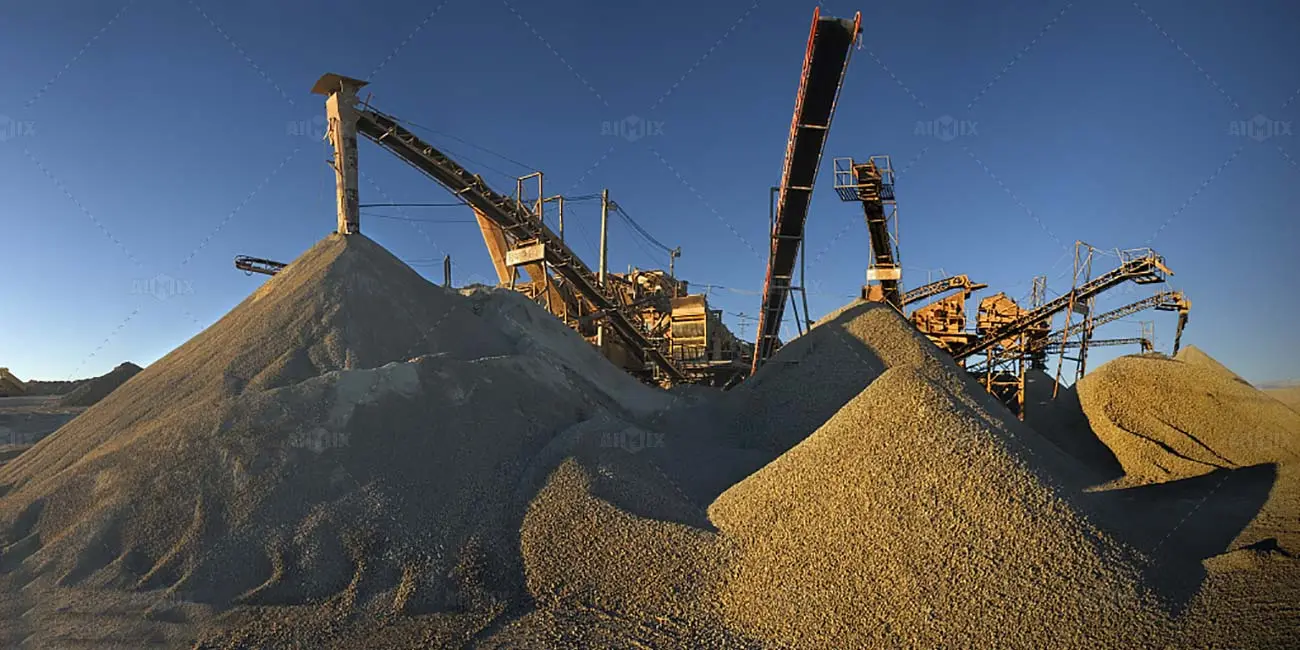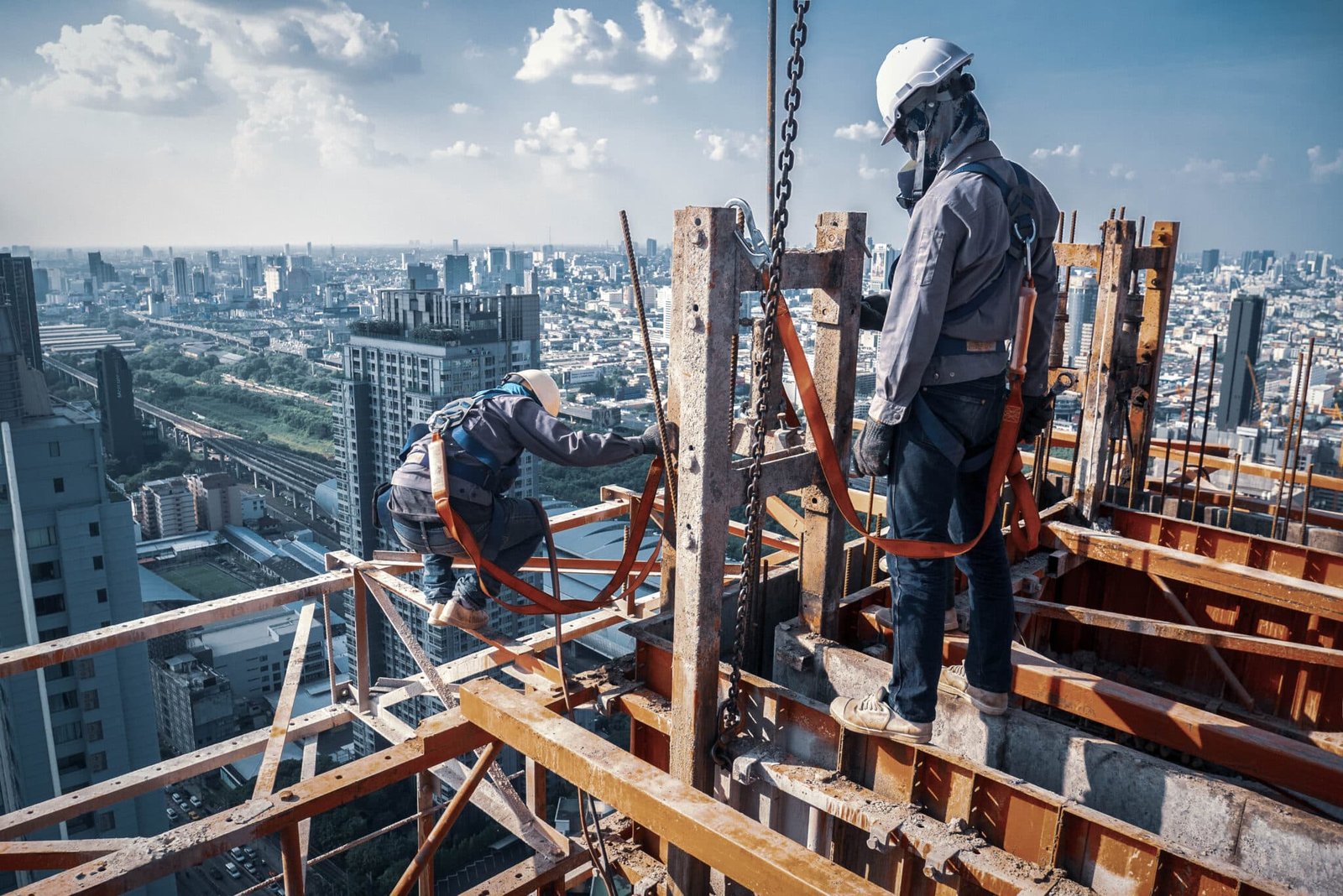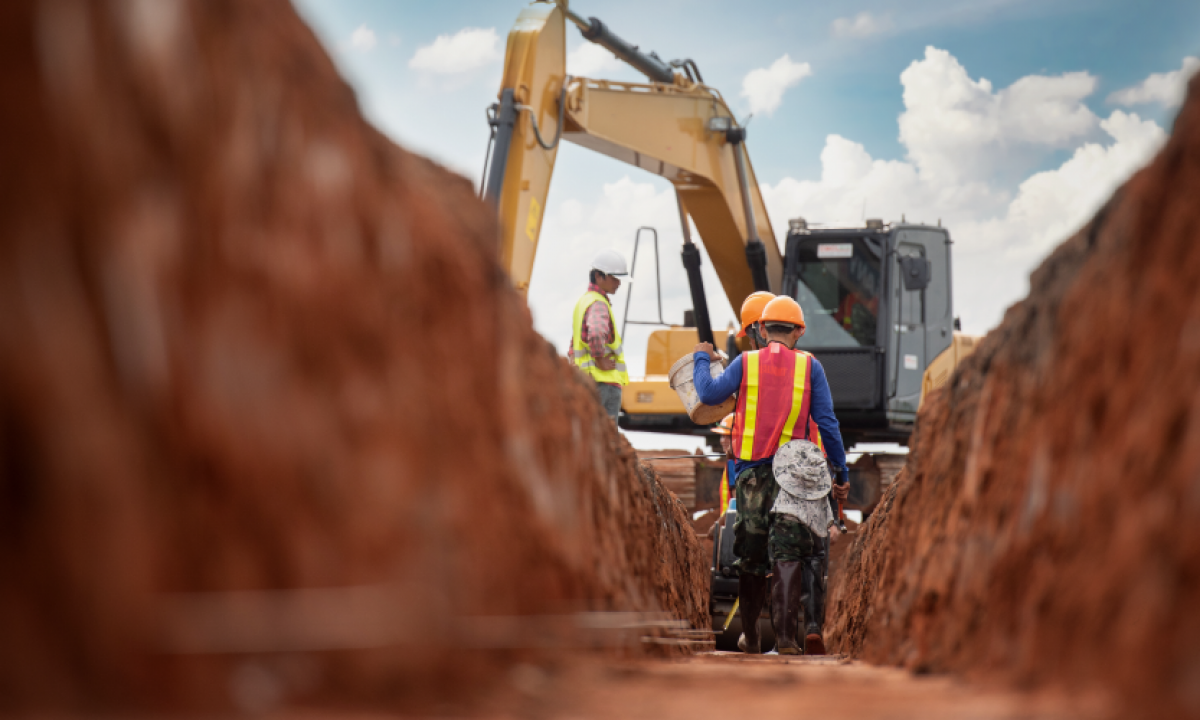Plastering is a key construction activity that involves applying plaster to walls and ceilings to create smooth surfaces for finishing. While essential for achieving high-quality aesthetics and durability, plastering exposes workers to several hazards—from dust and chemical exposure to manual handling challenges. Implementing effective safety measures is crucial to protect workers and ensure a successful project.
Understanding Plastering Hazards
Plastering tasks come with several risks that need to be managed carefully:
- Dust Exposure: Mixing and sanding plaster can generate fine dust, including silica particles, which may pose respiratory risks if inhaled over time.
- Chemical Hazards: Some plastering materials contain chemicals that can irritate the skin, eyes, or respiratory system.
- Manual Handling and Ergonomic Risks: The repetitive motions and heavy lifting involved in mixing and applying plaster can lead to musculoskeletal injuries, such as strains and sprains.
- Falls and Trips: Working on scaffolds or ladders during plastering increases the risk of falls, particularly if surfaces are wet or cluttered with tools.
- Tool and Equipment Hazards: Improper use of mixing equipment, trowels, and sanding tools can cause cuts, abrasions, or other injuries.
Best Practices for Plastering Safety
1. Pre-Project Planning and Risk Assessment
- Conduct a Hazard Analysis: Evaluate the worksite to identify potential risks associated with plastering tasks, including dust generation, manual handling loads, and access to elevated work areas.
- Develop Work Method Statements: Create detailed procedures that outline each phase of plastering, from material mixing and application to finishing and cleanup.
- Establish Safe Work Zones: Clearly define work areas to separate plastering operations from other construction activities and reduce cross-contamination of hazards.
2. Engineering and Administrative Controls
- Ventilation and Dust Control:
- Use mechanical ventilation or exhaust systems in enclosed areas to minimize dust accumulation.
- Implement dust suppression techniques, such as wetting materials before sanding, to reduce airborne particles.
- Ergonomic Equipment:
- Provide mechanical aids such as mixers with adjustable handles and wheeled carts to reduce manual lifting.
- Ensure scaffolding and ladders are properly secured and inspected before use.
- Material Handling:
- Organize materials and tools systematically to minimize trips and falls.
- Encourage the use of proper lifting techniques and mechanical assistance when handling heavy loads.
3. Personal Protective Equipment (PPE)
- Respiratory Protection: Equip workers with dust masks or respirators to guard against inhaling plaster dust and silica particles.
- Eye and Skin Protection:
- Provide safety goggles or face shields to protect against splashes or airborne particles.
- Use protective gloves and long-sleeved clothing to prevent skin irritation from chemicals in plaster materials.
- Fall Protection: Ensure workers on scaffolds or ladders use appropriate fall arrest systems and non-slip footwear to prevent falls.
4. Training and Communication
- Comprehensive Safety Training:
- Conduct training sessions focused on the hazards of plastering and proper handling techniques.
- Emphasize the importance of using PPE, correct manual handling practices, and maintaining clean work areas.
- Regular Toolbox Talks:
- Hold safety meetings to discuss daily risks, review incident reports, and update workers on any changes to safety protocols.
- Clear Signage:
- Post hazard signs and safety instructions at the worksite to remind workers of key safety practices and emergency procedures.
5. Emergency Preparedness and Response
- First-Aid Readiness:
- Keep first-aid kits accessible and ensure that workers are trained to respond to injuries such as cuts, abrasions, or chemical exposures.
- Spill and Dust Management:
- Develop protocols for quickly addressing spills or excessive dust levels to minimize the risk of slips, trips, and respiratory issues.
- Emergency Drills:
- Regularly practice emergency evacuation and first-aid procedures to ensure all workers know how to respond in a crisis.
Conclusion
Plastering is a vital construction process that requires meticulous attention to safety due to the variety of hazards involved. By integrating comprehensive planning, robust engineering controls, appropriate PPE, and continuous training, organizations can create a safer and more efficient plastering work environment.
Prioritizing plastering safety not only protects workers from potential health and injury risks but also contributes to the overall quality and longevity of construction projects. Embracing these best practices is essential for fostering a culture of safety and ensuring successful, sustainable outcomes in every plastering operation.
Discover more from HSEProHub
Subscribe to get the latest posts sent to your email.



